I received the Leica Q3 43 when I visited Wetzlar in August. I spent all my time with it until we went to Crete on September 23, by which time I had written my article and selected the pictures for the release date three days later.
Packing list
So, when we went to Crete, I took the SL3 and two lightweight Panasonic zoom lenses with me for a change. I fully intended to use the tiny Lumix 20-60 f/3.5-f/5.6 and the 70-300 f/4.5-5.6 lenses for the holiday. They seemed like a perfect combination for a walking holiday; a full focal length range in two lenses which, together, weigh the same as the Leica 24-90!
At the last minute, I popped the Leica Q3 43 into the bag for going out in the evenings (as one does!).
At first, I stuck to my plan, but then the Q3 43 started slipping into my daytime bag as well, and after a few days the SL3 was left at the hotel.
This wasn’t because of the weight or image quality, it was simply that I hadn’t had enough of that lovely 43mm lens on the Q3. Clearly 43mm isn’t perfect for a holiday walking in the mountains and lying on the beach, but it was an interesting challenge to limit myself and try to make the most out of the lens.
Where the White Mountains meet the sea
If you fly to Chania, you can get a bus or cab for the two-hour journey to Chora Sfakion (Sfakia). From there you must either catch a boat (or walk) to Loutro.
Between Sfakia and Sougia to the West the mountains rise out of the sea so that there are no proper roads. If you want to travel from one to the other, it is 34km by sea and 126km by tortuously curvy road!
The E4 coastal path runs all the way. There are difficult sections between Agia Roumeli and Sougia, but many lovely walks between Sfakia and Roumeli, with gorges and beaches scattered along the way.
My wife Emma and I have only twice missed our autumn trip to Crete since we first went in 1998 (or was it 1999?).
Coincidentally, it has usually arrived perfectly for testing a camera, indeed, on a couple of occasions Leica have even sent cameras directly to Crete, which has always created some kind of drama (last time was with the M10, where Emma and I had to walk ten miles over the mountains to pick the camera up from a bus driver in Chora Sfakion!).
We are typically based in room 18, at the Blue House, Loutro. It’s an unassuming room, but has a nice balcony, and you can watch the sun rising over Plakias while drinking tea in the morning!
Loutro has a couple of beaches, but these are covered with umbrellas and sun loungers, so we normally venture further afield if we want to sit in the sun.
Below the mountains
Loutro is a village nestled in a semicircular bay at the foot of the White Mountains. Since we first visited, there has been a little building (really only a little), but other things have changed out of all recognition. In 2000 you could only get two sorts of wine in the restaurants — either Retsina, or Kritikos, and the food was pretty basic.
These days, Cretan wine has come on by leaps and bounds, and there are many wonderful wines to choose from (we often drink it at home in the UK). There are a number of ancient grape varieties which have been rescued from extinction (Melissaki, Daphni). Vidiana is the most important local variety together with some more familiar names: Malvasia and Assyrtiko (from Santorini).
Once very basic, the food in Loutro is now mostly excellent. We enjoy incredible local food at the Blue House, a fine fish restaurant (Ilios), as well as barbecued local goat, pork, and lamb at Stratis, Tapas at Notos. They do great salads at the Porto Loutro on the Hill.
Travelling with Leica Fotos
Until two or three years ago, I was not impressed with Leica Fotos, partly because the connection was unpredictable and slow. Furthermore, you could not really do anything without the images ending up in Apple Photos (and thus pushed around between all my devices). I use Apple Photos for phone pictures, and didn’t need it stuffed with DNG files I was going to process in Lightroom Classic.
With the latest generation of cameras (M11, SL3 and Q3) the connectivity issues have improved out of all recognition. This is partly because of improved Wi-Fi modules in the cameras, and partly because cable connection now works even faster and more seamlessly.
For the last few months, I have been using Leica Fotos as the front end for my image management. It works like this:
- Connect the camera to the iPad Pro (11″ M4 version with 512GB)
- Go through the full-screen images, marking favourites
- In Select mode, filter on the favourites (or select individuals)
- Choose the Share button and select DNG files
- Wait whilst Fotos copies the images to the clipboard
- Select Lightroom in the share dialogue
- Open Lightroom mobile and go to Imports
- Select items and add to the chosen Collection
(or make a new Collection)
Lightroom mobile will then transmit the DNG files to Adobe Cloud, and then down to my Mac, where I will do the final editing in Lightroom Classic. The files do not remain on the iPad Pro, and are not added to Apple Photos, either.
Cable works too
Of course, you could also import the images directly to Lightroom mobile with a cable connection to the camera. However, LR Mobile doesn’t show full-screen images in the import dialogue, the maximum is four up and the resolution isn’t good enough to gauge critical sharpness.
In case you want to use an image immediately on social media, then Fotos also works well for this.
This system was great in Crete — I could sit in a bar at the end of the day with a beer and go through the day’s shoot, marking those I wanted to keep (usually about 25%). Like many people, I used to upload everything and then do the culling later, but it’s a depressing task deleting duds, whereas selecting the good shots is uplifting and positive.
A word of caution however; I thought I had ‘unlimited’ data (there is good 5G in Loutro but the hotel Wi-Fi is not good!). It turned out that O2’s definition of ‘unlimited’ is 25Gb (my cell data provider), after this they were charging £25 for 12Gb. I ended up spending £75.
These days the Geotagging seems to me to be seamless, certainly on this trip with the Q3 43 the tags all are seemingly present and correct.
From Marmara — Agia Roumeli
Heading westward from Loutro there is a wonderful ten-mile walk along the coast from to Agia Roumeli. The path also goes up and down quite a bit, so it’s about a 2,000ft climb.
These days we tend to get a taxi boat to Marmara and walk the E4 path from there, which is about seven miles, easier on a hot day (it was 30 C when we did it this year). After about four miles you reach Agios Pavlos, where there is a long, empty black sand beach and a lonely taverna playing interesting music and providing an excellent lunch!
The scent of the pine forests above is incredible. After lunch, the last stretch is hard work along sandy tracks with virtually no shade — when you get to Agia Roumeli you can catch the ferry back to Loutro and be amazed to see how far you walked (note the picture from the ferry on the way home).

The Leica Q3 43 for macro and detail
The difference between the 28mm Q3 and the 43mm Q3 43 doesn’t sound so much, but it makes a big difference in terms of cropablility (the comparative file sizes can be seen in my original article).
Certainly, the 90mm crop is fine for all normal purposes, making the camera also good for portrait photography (more later), especially with the reduced depth of field the longer lens provides.
The ‘macro’ magnification is actually the same as that of the Q3 (and it also limits the maximum aperture to f/2.8 like the Q3), but still, it’s easier to isolate your subject with the Q3 43.
From Loutro to Glykanera
Glyka Nera beach is about 4km along the coast to the East of Loutro. There is a relatively easy coast path, as long as you don’t suffer from vertigo! There are also several boats a day to and from Loutro and Sfakia. We tend to walk in the morning and get the boat home in the evening. There isn’t any road access.
The beach is named after the drinkable fresh water which bubbles up through the pebbles (in English, it is Sweet Water Beach). This provides water for numerous of the communities to the West (including Loutro).
Sweet Water was a hippy beach back in the 1908s and 1990s and although nowadays, there are ‘no camping’ signs, some people still sleep on the beach — including us on rare occasions…
There is a taverna on a rock at one end of the beach where you can get an excellent lunch in a lovely environment.
Portrait diversion with the Leica Q3 43
One of the shortcomings of the 28mm Q is that it’s quite challenging to limit the depth of field for portraits, in addition shooting at a 75mm equivalent results in a small pixel count. Although the 43mm lens on the new camera doesn’t sound so different, it’s APO design and slightly longer focal length makes for some great out of focus bokeh, and cropping to longer focal lengths results in an increased pixel count.
Back in the UK
Sadly, holidays end! The advantage of having used Fotos for culling is that I didn’t arrive home with 3,000 photos that needed assessing and processing, a job which ought to be a pleasure, but often seems like a chore. Instead, I had 400 decent images to process. Some of them illustrate this article. There are lots more in a Lightroom Gallery (see link below)
Looking at the cut, I have 340 images from the Q3 43 and 60 from the SL3 (mostly wide angle and telephoto).
For me, the surprise is that I didn’t really see myself as a Q shooter. My M11 and SL3 cover all of what I require, and although I’ve always thought the Q was a great camera, it’s never truly been my thing. But I do tend to use 35 and 50mm lenses most of the time on my M11.
Leica Q3 43: Conclusion
The combination of the 60mp sensor and the 43mm lens makes the Q3 43 all I require for a large proportion of my work. The autofocus may not be quite up to Sony or Nikon speed, but it’s really good, and the face and animal tracking works very well for my needs, it even does a good job with our puppy zooming about.
Then there is the lens — it’s incredibly good, with gentle and precise detail in focus and a lovely bokeh out of focus. The results really do seem to be up there with the 35 and 50 APO Summicrons (both M and SL).
If I bought everything I tested for Leica I would certainly be bankrupt, but there are some real favourites. In this case, I’ve put my money where my mouth is, and I’m really loving my Leica Q3 43.


More images here
Visit the author’s website
Read Jonathan’s full review of the Leica Q3 43
Full test of the Leica Q3
First impressions of the Q3 from a man who came back to the fold
Jonathan Slack’s articles on Macfilos
Join the Macfilos subscriber mailing list
Our thrice-a-week email service has been polished up and improved. Why not subscribe, using the button below to add yourself to the mailing list? You will never miss a Macfilos post again. Emails are sent on Mondays, Wednesdays, and Fridays at 8 pm GMT. Macfilos is a non-commercial site and your address will be used only for communications from the editorial team. We will never sell or allow third parties to use the list. Furthermore, you can unsubscribe at any time simply by clicking a button on any email.












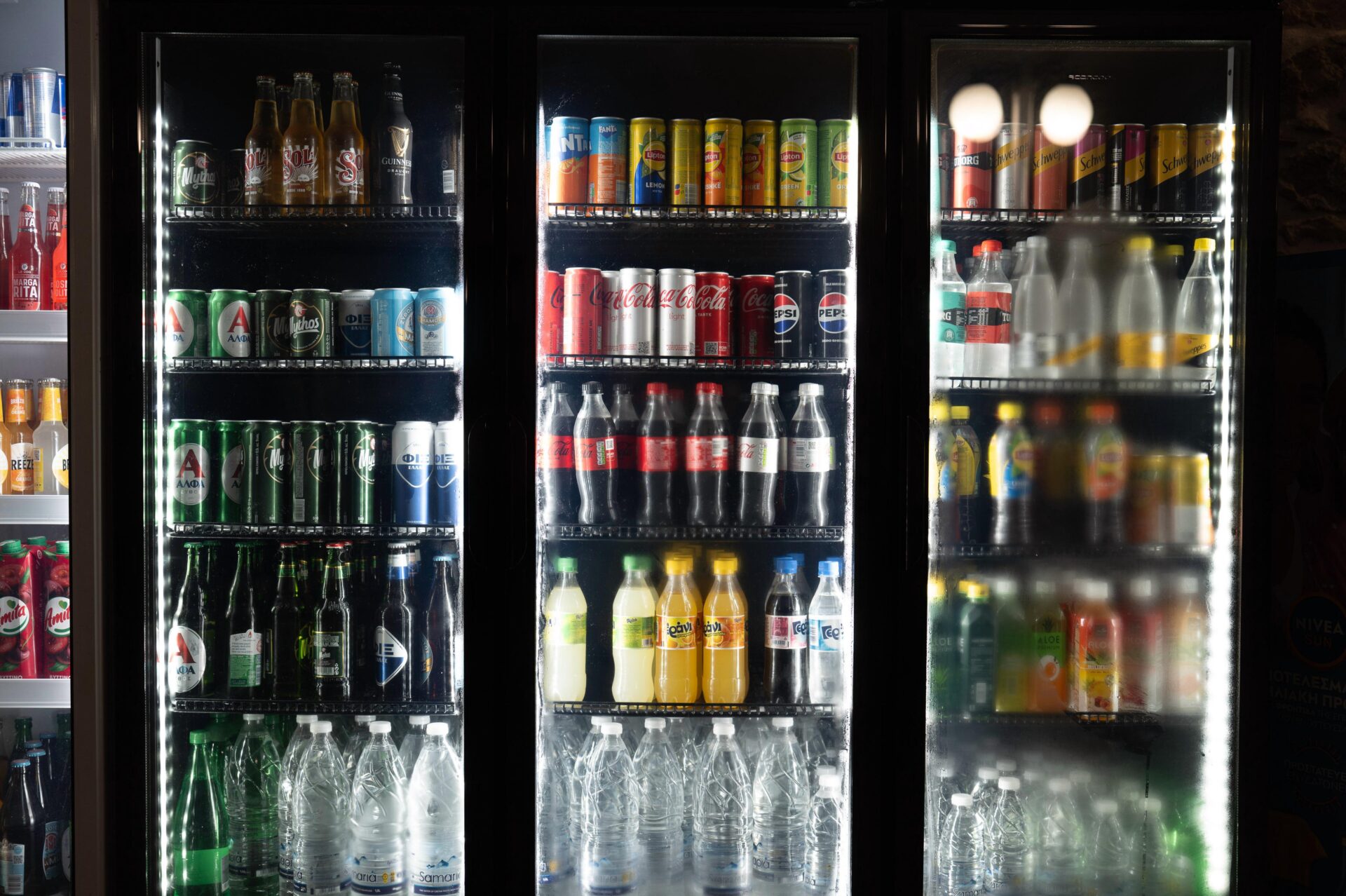
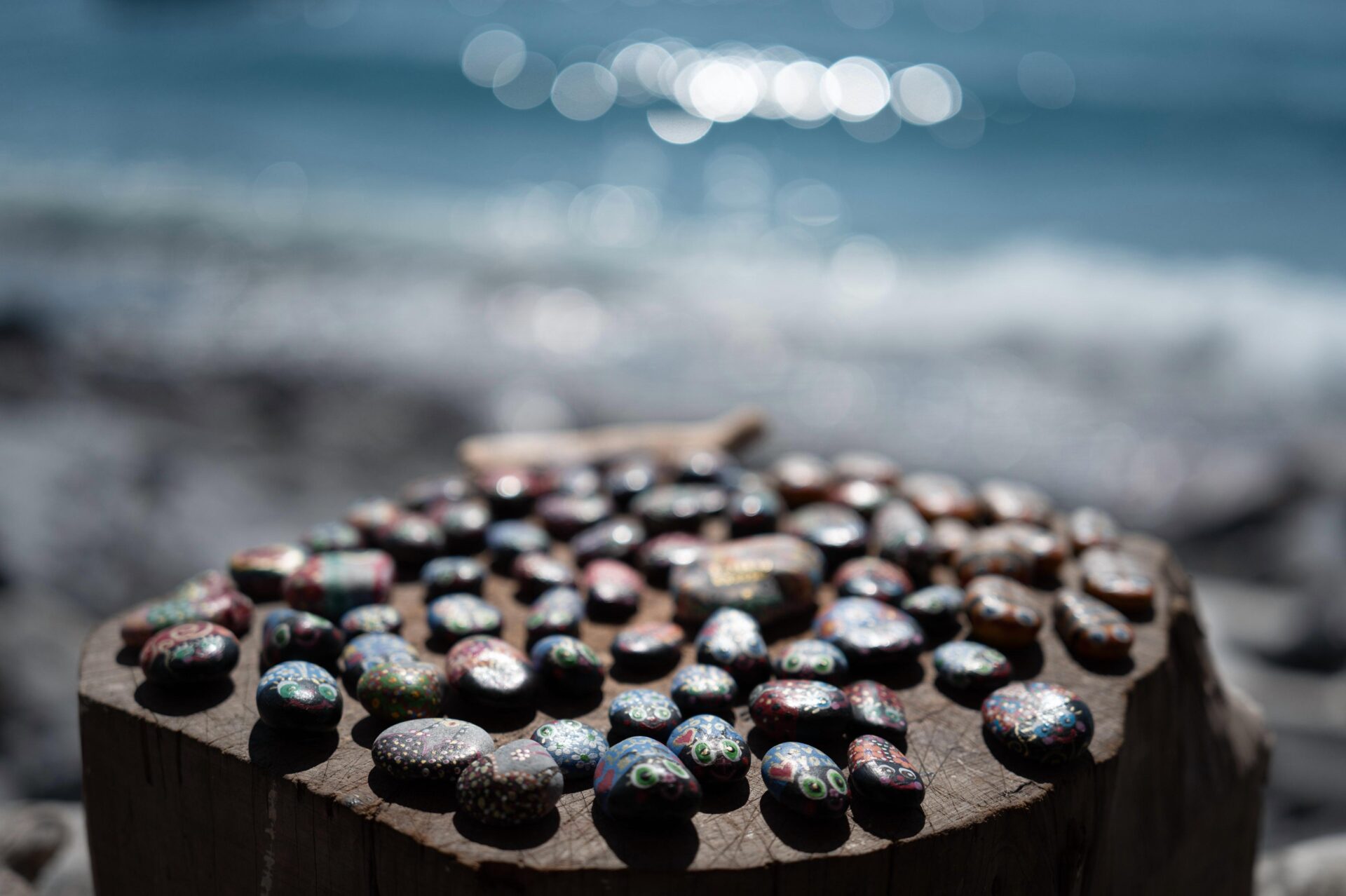
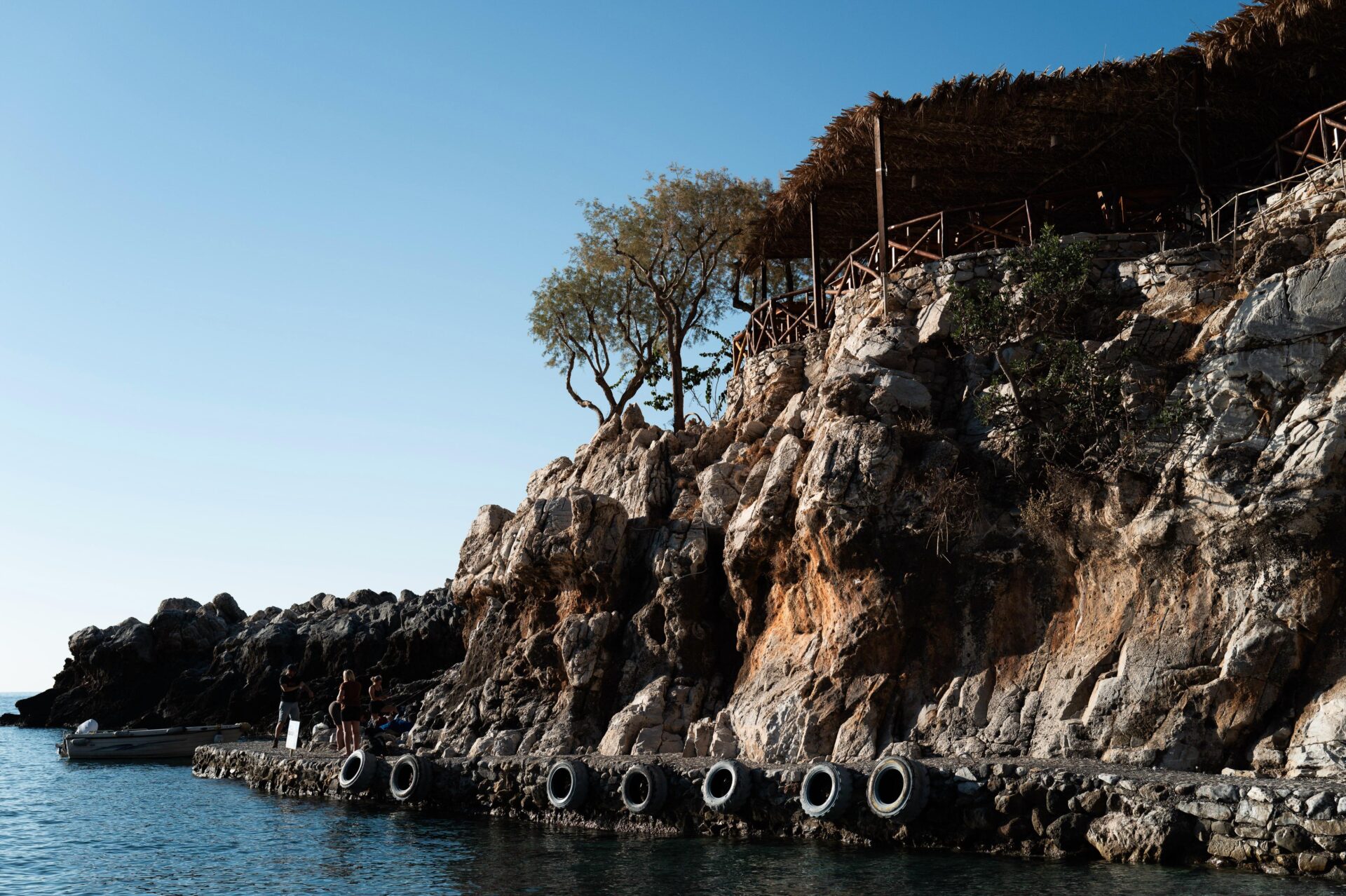








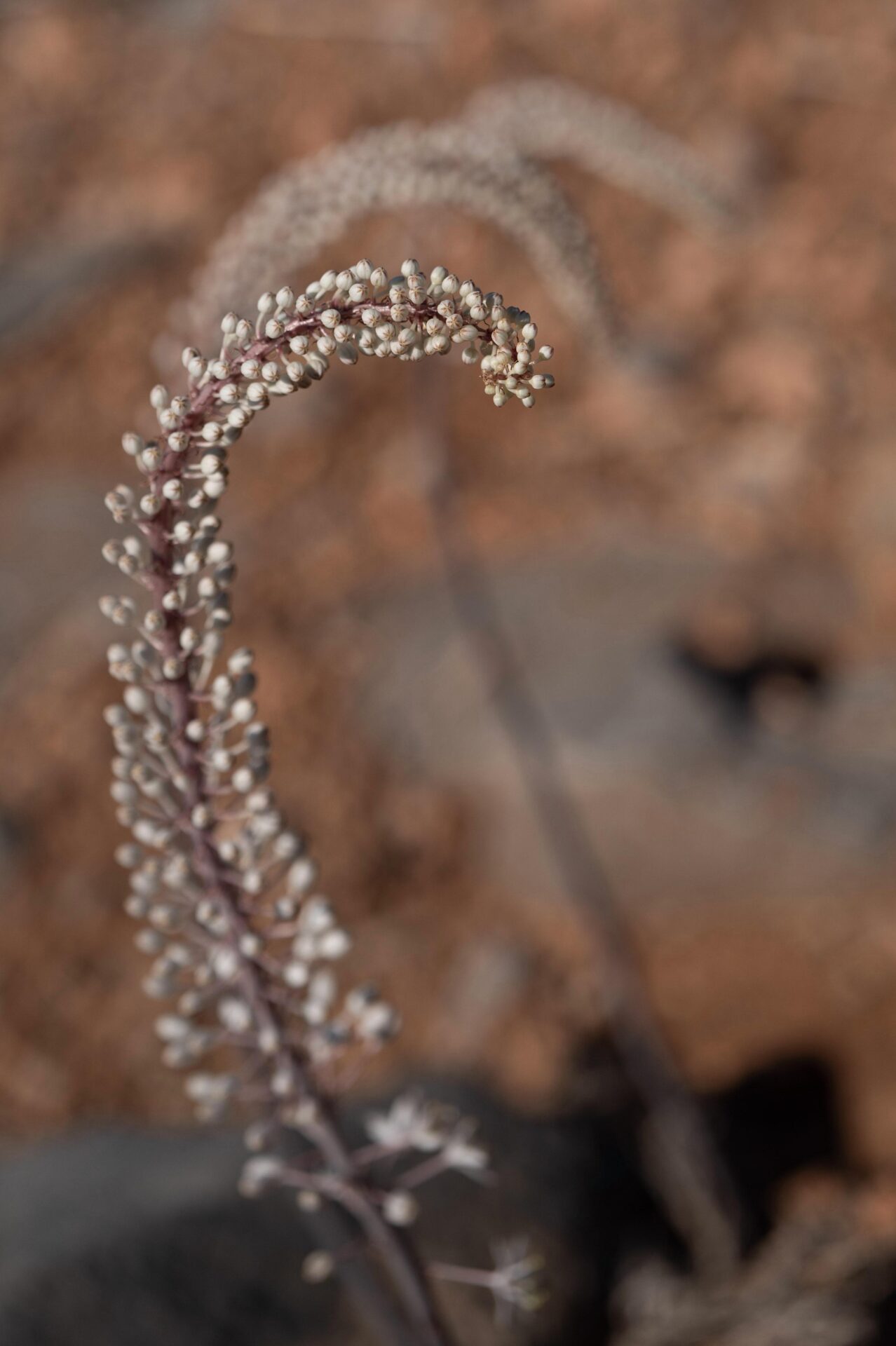








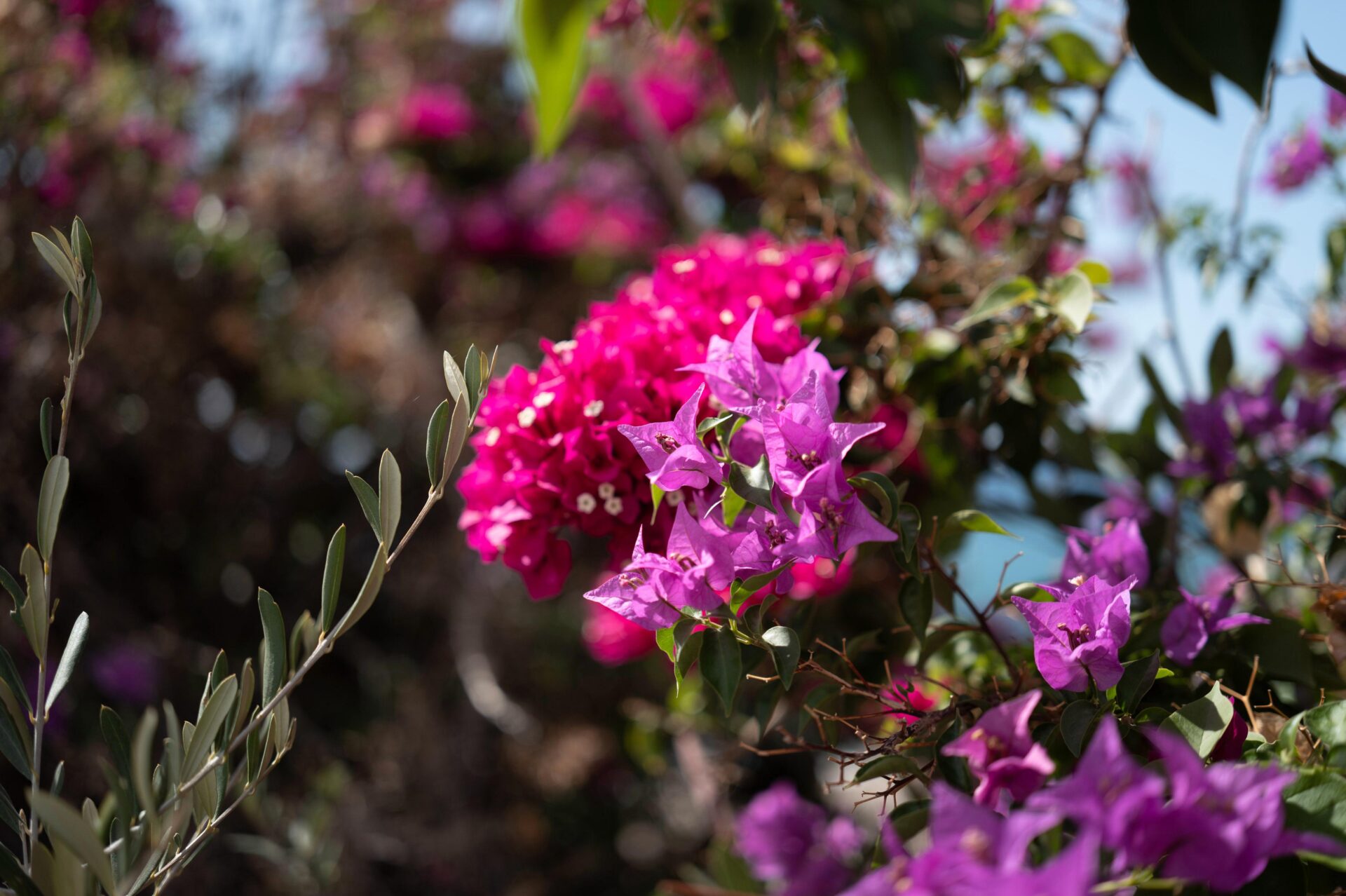

I thoroughly enjoyed this post. Very informative and the accompanying photographs are lovely. I have been using the 43 and 28 for a while and carry both everywhere now. I have been posting blogs pages about my adventures with both as well as other Leica cameras. I look forward to reading more of your posts.
Cheers
Mark
http://www.walkacrossitall.com
Hi Jono, a competent article and a great set of images showcasing the flexibility of the Q43. I am still fighting off the temptation to purchase one. Your articles are always an inspiration.
HI Brian
An inspiration to fight off the temptation? 🙂
Anyyway, I’m glad you liked it – that was the purpose, as for buying the camera, there’s what you want, and what you need! (I seem to have bought one!)
All the best
Jono
Brilliant photography. Your choices of color, framing, and perspective are always serve as lessons for me.
Thank you so much Tom – what a nice thing to say – Thank you
great set of images. to my eyes images don’t look too tight and there’s no distortion unlike the 28. I remember having a Pentax 43 mm lens and it was excellent. Does the 3 brothers tavern in Skafia still exist? We had a great time in Skafia a few years ago.
I’m glad you don’t think they were too tight, but Vlad had a point, although I think it was probably my intent rather than a fault of the camera!
I had that Pentax 43 as well – f1.9 ‘Limited’ it’s a fantastic lens (you can still get it I think).
The 3 Brothers does still exist, and it’s still good, but it’s no longer the 3 brothers (they passed it on a couple of years ago).
In about 2005 I had a client with a real problem back in the UK and I spent 3 days in the 3 brothers ‘internet cafe’ as theirs was pretty much the only computer along the coast which was connected to the internet!
All the best
Jono
You can still get the Pentax 43mm but the SLR body that goes with it (K1ii) is huge and heavy, more than a kilo. The Leica Q3 43 is almost 800 grams approximately including the lens. It makes the combo an all around camera. Pentax cameras are sturdy pieces but the images they produce are “colder” than Leica imaging
Καλημέρα …..το ποιο όμορφο μέρος της Κρήτης …απίστευτοι άνθρωποι …το καλύτερο φαγητό …..απίθανη θέα ..!!!!
Ευχαριστούμε πολή, Κώστα!
Μιχάλης
Kostas said:
Good morning.. the most beautiful part of Crete. Incredible people… the best food…incredible view..!!!
Or, as my middle-school Latin would have it: Graecum est; non legitur
🙂
Going even further off-topic: I’m enjoying the Map Camera of Japan website. A pull-down menu for reading the site in many different languages.
HI There Konstantinos
thank you for joining in. As you say, it’s incredibly beautiful, the food is brilliant (especially these days) and the people are just lovely. After 25 years we have lots of wonderful friends and have been to weddings and christenings over the years. At one point we considered buying a house in Livaniana, but in the end we thought we’d rather keep on with room 18 at the Blue House!
all the best
Jono
As a fellow photophile and Hellenophile I absolutely loved this. I am strongly of the oprinion that all camera reviews should be combined with an interesting and enthusiatic Greek tour, very much looking forward to vicariously enjoying your next holiday with whatever camera you are testing at the time. Great stuff!
HI There Patrick, I’m really glad you enjoyed it – it’s what I was hoping to achieve (enjoyment). I don’t suppose that it would encourage many people to buy the camera (unless they were already considering it). Hopefully it might encourage people to go walking in Crete!
All the best
Jonathan
To me that 43mm for certain shots looks too tight, aspect ratio awkward as well. Your kilometrage might differ.
My kilometrage certainly does. There are more times when I find a 28mm is much too too wide in practice even for some landscapes (and restricting for portraits and close ups.) I’d say the 43 looks about right.I wonder which shots you find too tight?
The wide views of Crete seem to work well enough here. I’m not sure I would find myself wishing for a wider lens.
Found myself thinking the same exact thing. Almost all of the environmental shots felt constrained and could have used more room to breathe.
It’s an interesting comparison and, perhaps, the jury is out. I have been a big fan of the 28mm Qs since they were introduced in 2015. So I was ready to eat my words and try the new 43mm camera when it was announced.
Up to now, I am loving it, and haven’t been too inconvenienced by the longer lens. True, I’ve had to step back a bit from my normal standpoint (figuratively and literally) but the advantages of a longer focal length (portraits for instance) are outweighing the disadvantages.
As I said, the jury is out, but so far, I am loving the Q3 43.
HI there
See my reply to Vlad.
Best
Hi There Vlad (and Cdlinz)
Thinking about what you’ve said, and looking back through the photos, although it wasn’t quite formulated at the time, I was actually trying to create a more focused and perhaps more claustrophobic feel about the landscape pictures. The general idea was to create glimpses rather than vistas – to be honest that’s usually what I’m trying to do.
Of course, you could say that I didn’t have much choice with the longer focal length, and there clearly are reasons for having a wider view, but I think it’s a valid approach to working and is at least as interesting as going wider and giving more context.
Thanks for your point though, clearly the fact that you both felt that way means that it is at the very least worth further discussion.
All the best
Jono
Hi Vlad, I disagree with your opinion. I think the images are wonderful but your mileage may vary.
Off topic: is the Mermaid Cafe the same as that in the Joni Mitchell song “Carey”?
I must say, your essay brought a whole new perspective and depth. It feels like a short trip to the island, without having been there.
Thanks for posting!
Hi Kathy, I also love Crete and had a home there for several years, in Chania which is about 40 miles north of Sfakia on the south coast. It’s a huge island and doesn’t really feel like an island, although it is long and thin like a Grecian sausage. The area Jono describes is spectacular and well worth a visit.
A reply to both you and Jono
My idea of Crete came from reading — archaeologists who wrote of rocky, barren Crete. And oblique references to Patrick Fermor 🙂
The photos here don’t shy from ‘rocky, barren’, but do contextualize it, make it real: grazing sheep, twisted olive-tree roots. And show entirely different aspects: sea and coast. And the ‘caves were blocked up’ is intriguing.
Mediterranean history has tromped through here for millennia; it’s wonderful for me to see it, not just read about it!
oops — Kathy, not anonymous 🙁
The classic 1960s movie “Ill met by Moonlight”, with Dirk Bogarde, takes place in this area. Patrick Leigh Fermor is regarded as a hero in Crete (Kriti).
Hi There Kathy
I love your remarks, as you seem to be able to describe my intent better than I could!. As an aside, Patrick Leigh Fermor was a great friend of my sister in law back in the 60s. Sfakia is where the Imbros Gorge reaches the sea (well, Komitades which is about 2 miles to the East). This is where the Turkish army were trapped and slaughtered in the 19th century, and where the Allied forces evacuated from Crete in 1941 (there is a really excellent Wikipedia article about this).
https://en.wikipedia.org/wiki/Battle_of_Crete
We usually walk up to Imbros, have lunch and then walk down again, it’s incredibly beautiful and full of birdsong, which is ironic considering the terrible things which have happened there. The Aradhena Gorge, which goes from above the village of Aradhena down to Marmara beach is very spooky in comparison!
The people of Sfakia held out in the mountains and are incredibly tough (not really surprising).
It’s full of history!
HI There Kathy
It isn’t the same Mermaid Cafe, which was at Matala in 1969/70 – I went there in 1972, by which time the caves were blocked up, the cafe was there, playing JJ Cale, but it isn’t actually a great place anyway!
Sweetwater Beach’s Mermaid cafe is on a rock in the sea, and I’m sure it’s more picturesque and that the food and wine is better . . . . . but not as funky!
I’m glad you liked it, it was fun to write.
All the best
nice set of photos Jonathan.
I “Baptised” my Q3 in Puglia last year and was blown away with the detail and exposure latitude being a convert from Nikon SLR and DSLR’s
Crete is certainly photogenic I usually manage a few hundred photos every trip and I to have too be cruel to be kind to my limited storage
By the way-I may be doing something wrong…Can I “switch on” the location in Fotos without downloading my library?
HI There Mike
In Fotos, there is a little 3 dot menu option to the right of the camera name – click on that and Geotagging and syncing date and time are options. No need to download anything (they are geotagged in the camera from your phone location via bluetooth).
Works pretty well these days.
All the best